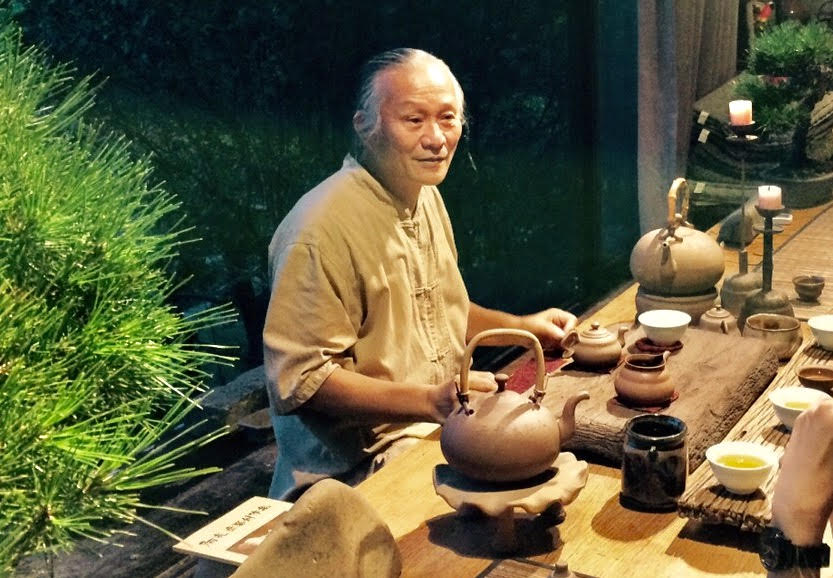Functionality
Introduction to the Functional Aesthetics of Eastern Teaware
Ah Leon
Since Shoji Hamada brought the aesthetic concept “wabi-sabi” of tea bowl to the U.S. and to the western ceramic education in the 1950s, the origination of teaware has been implanted into the hearts of all ceramists. This paper will explain the evolution process of eastern and western tea culture by discussing my research and exchange experiences. The eastern exquisite tea ceremony has been widely applied in Europe and America. Nowadays, western ceramists are frequently exposed to tea culture and attempts to make tea pots and teaware that meet the functional standards. Tea culture not only allows ceramists to cultivate the concept of “Zen”, but also gives them a new market. Last but not least, I will introduce various teaware, utensils and artworks in Taiwan to provide a better understanding of eastern tea culture.
Date: October 2, 2018, 9:00-9:25 (Tuesday)
Venue: Room 603, No. 161 , Sec, 1 , Zhongshan Rd, Banqiao District , New Taipei City 220
About Ah Leon |
|
Ah Leon has been creating ceramic art for more than 20 years, during which time he has held major ceramic solo art exhibition at 11 museums in the US, displaying work in the US, Norway, Denmark, Holland, France, South Korea and Taiwan. 2003 visiting chair professor for the Freeman Professorship in the department of art and East Asian studies at Cornell University, USA; 2001 resident artist at the Museum of Modern Ceramic Art, South Korea; 2001 nominated as an outstanding artist by the Goldwater Foundation at Phoenix Art Museum, Arizona State, USA. Since 1998 he has served as a lecturer and resident artist on ceramic art programs at various universities in the US. | 
Image credit: Courtesy of artist |
Back